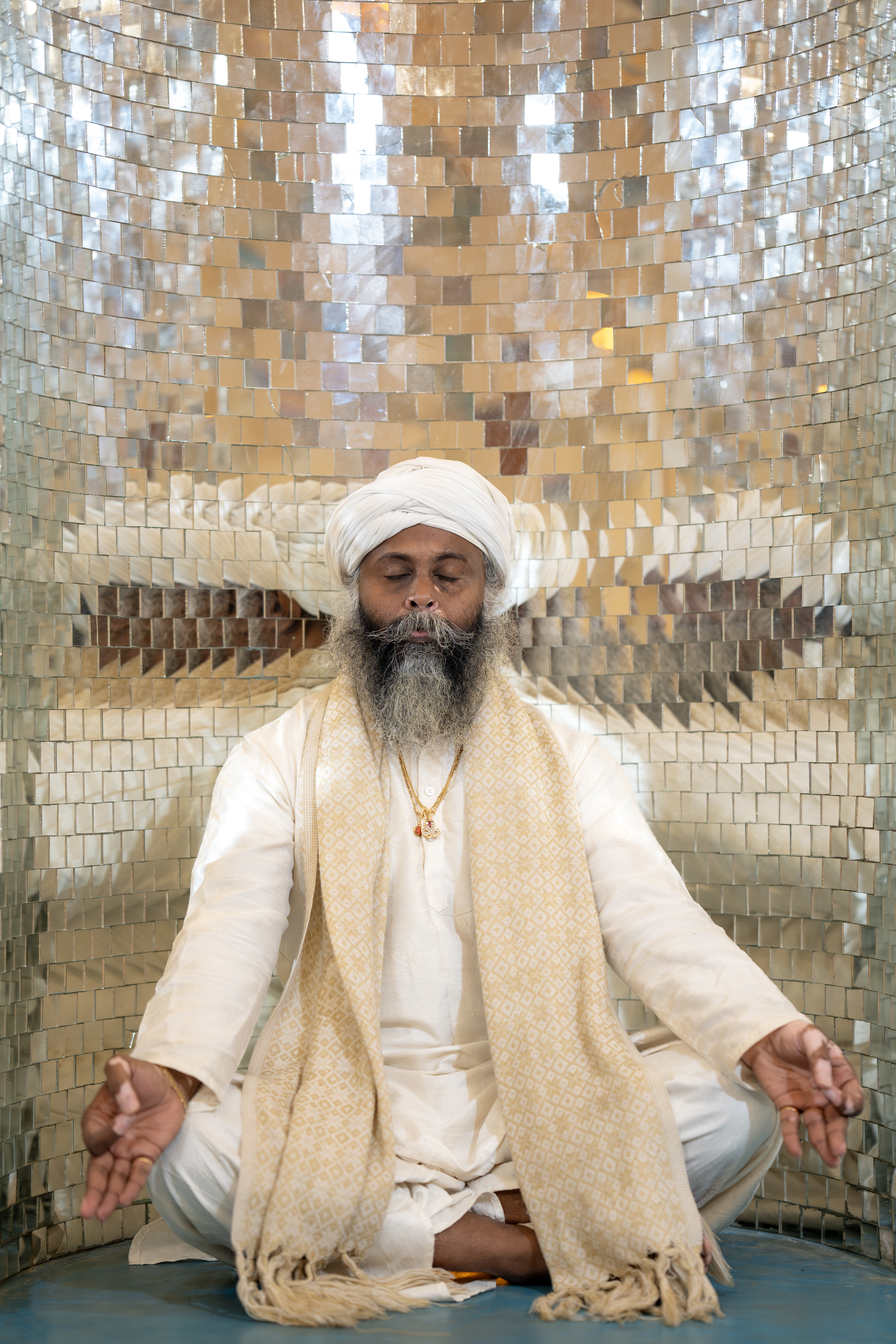It begins so simply.
A child reaches for their mother.
Lovers interlace their fingers in a quiet moment.
Friends clasp hands during grief or celebration.
Elders rest their palms gently on one another’s as they walk through time.
Lovers interlace their fingers in a quiet moment.
Friends clasp hands during grief or celebration.
Elders rest their palms gently on one another’s as they walk through time.
Holding hands is one of the oldest, most instinctive gestures we share as humans. It may seem small—casual, even forgettable—but beneath its simplicity lies profound depth.
We hold hands for many reasons. But at the root of it all is this:
To hold someone’s hand is to say, “I am with you.”
To hold someone’s hand is to say, “I am with you.”
🛡️ 1. We Hold Hands for Safety
From childhood, our first understanding of safety is tied to touch.
A small hand wrapped in a larger one says:
- “I’ve got you.”
- “You’re not alone.”
- “I will guide you through this.”
In moments of fear—crossing a street, entering a new place, or facing uncertainty—holding hands regulates the nervous system. It calms adrenaline. It signals that we are protected, even in chaos.
As adults, this need doesn’t disappear.
In moments of distress, a hand to hold can ground us more than any words ever could.
In moments of distress, a hand to hold can ground us more than any words ever could.
💞 2. We Hold Hands for Connection
There are over 17,000 nerve endings in the palm.
Touch activates oxytocin, the “bonding hormone,” and reduces cortisol, the stress hormone.
Touch activates oxytocin, the “bonding hormone,” and reduces cortisol, the stress hormone.
So when we hold hands, we’re not just connecting skin to skin—we’re connecting heart to heart.
It's a nonverbal communion that says:
- “I see you.”
- “We are in this together.”
- “You belong here, with me.”
Even across languages, differences, and silence, holding hands transcends communication. It is love—raw and unspoken.
🌸 3. We Hold Hands for Sweetness
There’s a particular tenderness in hand-holding that no other gesture quite captures.
It can be playful or intimate, flirtatious or reverent.
It’s:
- The soft brushing of fingers that says “I missed you.”
- The interlacing of palms while walking under moonlight.
- The subtle squeeze that says, “I’m proud of you” or “I’m listening.”
This sweetness is subtle and sacred. In a world of distractions and devices, holding hands is a return to presence—to small, precious rituals of love.
🧘♀️ 4. We Hold Hands for Stillness
Sometimes, we don’t need fixing. We don’t need answers. We just need someone to stay with us.
Holding someone’s hand in silence says:
- “You don’t have to go through this alone.”
- “Your pain is safe with me.”
- “I’m not leaving.”
In spiritual spaces, holding hands in prayer or circle strengthens collective intention. It’s a reminder that while our journeys are personal, we are not alone.
To hold hands is to be still together.
It is meditative. Grounding. Holy.
It is meditative. Grounding. Holy.
🌀 5. We Hold Hands for Remembrance
We hold hands in hospitals. At funerals. In the final breaths of life.
When words fail, touch remains.
Holding the hand of someone dying is often the last way we say “I love you,” “Thank you,” or “I’ll see you again.” It's how we anchor love into memory, how we grieve and honor and remember.
And long after someone is gone, our hand still remembers the shape of theirs.
🤲 The Sacred Geometry of Hands
Hands are extensions of the heart chakra in yogic and energetic systems.
To offer your hand is to offer your heart.
To offer your hand is to offer your heart.
So when we reach for someone’s hand, we’re not just engaging muscle and bone—we’re initiating trust, vulnerability, tenderness, and communion.
In a world that often demands strength, holding hands is the quiet revolution of softness.
❤️ In Conclusion
We hold hands when we are lost.
We hold hands when we are found.
We hold hands to celebrate, to comfort, to remember, to love.
We hold hands when we are found.
We hold hands to celebrate, to comfort, to remember, to love.
And maybe, in this one simple gesture, we find all the things we ever wanted to hear:
“I’m here.”
“You matter.”
“You are not alone.”
“You matter.”
“You are not alone.”
So next time you reach for someone’s hand, know that you’re doing something sacred.
You’re saying everything that truly needs to be said—without saying a word.
You’re saying everything that truly needs to be said—without saying a word.


0 Comments